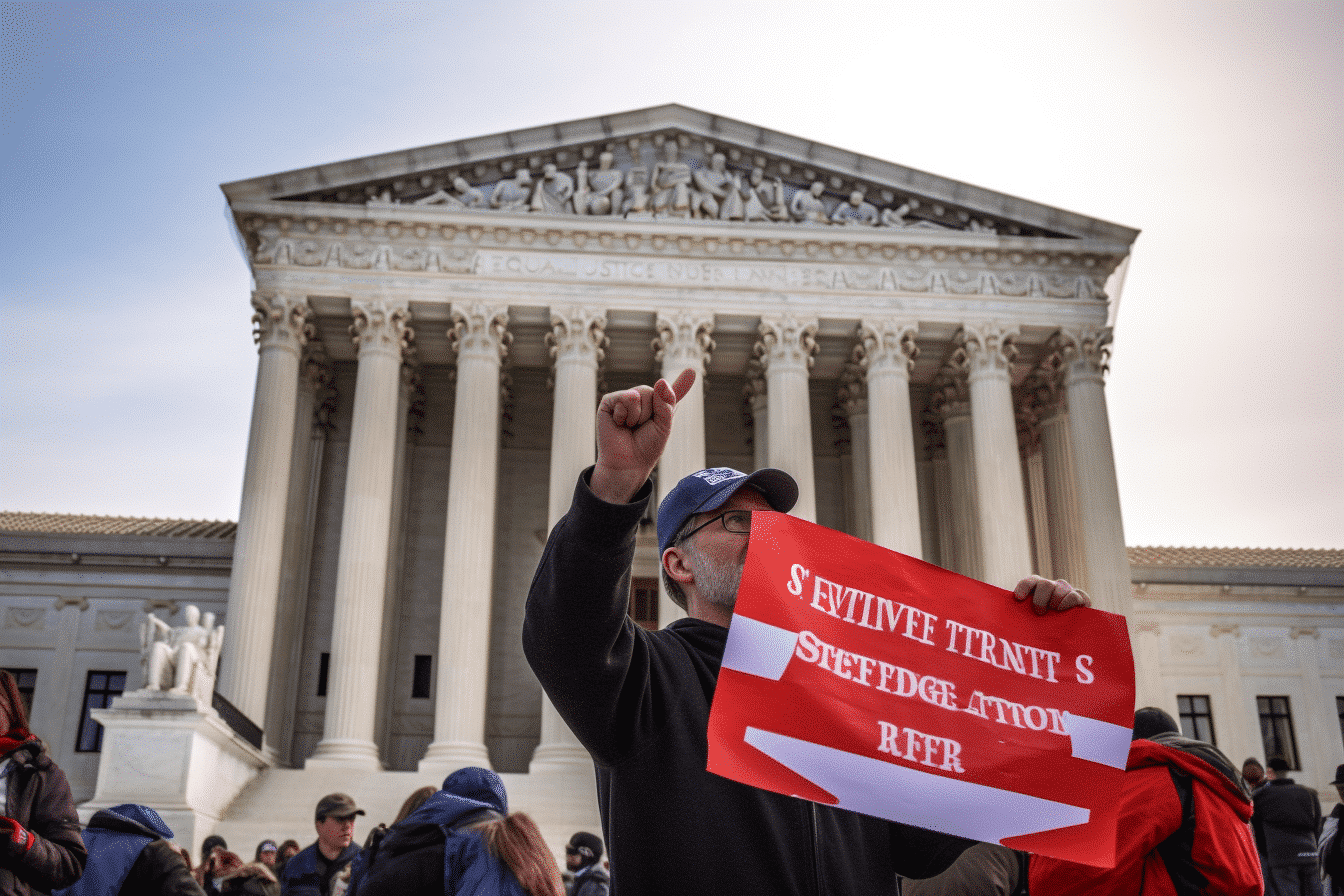The Supreme Court has made a decision to send an Ohio redistricting case back to state court. This case, which involved a theory called the “Independent State Legislature” theory, raised similar arguments to those recently rejected by the justices in a North Carolina case.
By returning the case to the Ohio Supreme Court, the previous rulings that struck down Ohio’s congressional maps have been wiped away. The justices have instructed the state court to reconsider the dispute in light of the US Supreme Court’s new opinion on the North Carolina case, which was issued earlier this week.
In this Ohio case, Republican state officials sought the intervention of the US Supreme Court after the Ohio Supreme Court repeatedly invalidated congressional maps drawn by the GOP-controlled Ohio legislature and the state’s redistricting commission, which consists mostly of Republican elected officials.
The officials argued that the case, Huffman v. Neiman, was closely related to Moore v. Harper, a dispute over North Carolina’s redistricting plan. In Moore v. Harper, Republican lawmakers contended that state courts have limited authority, as per the US Constitution, to regulate federal election rules established by state legislatures.
Ohio officials urged the US Supreme Court to adopt the independent state legislature theory and declare that the state Supreme Court had violated the US Constitution by invalidating the congressional map approved by the legislature.
Voting rights advocates, who challenged the maps as extreme partisan gerrymandering that violated the state constitution, highlighted certain unique aspects of the Ohio litigation in their filings to the US Supreme Court. They pointed out that Ohio’s constitution includes specific provisions to limit partisanship in state redistricting plans, thanks to a compromise anti-gerrymandering reform enacted by the state’s legislature.
Notably, there have been changes in the composition of the Ohio Supreme Court since it struck down the GOP-drawn congressional maps. The midterm elections resulted in Republican wins, shifting the state supreme court further to the right.




